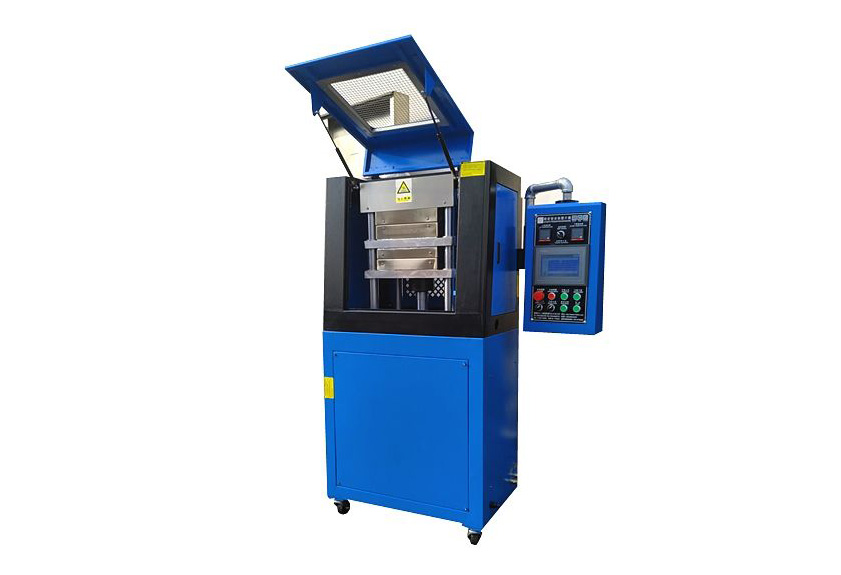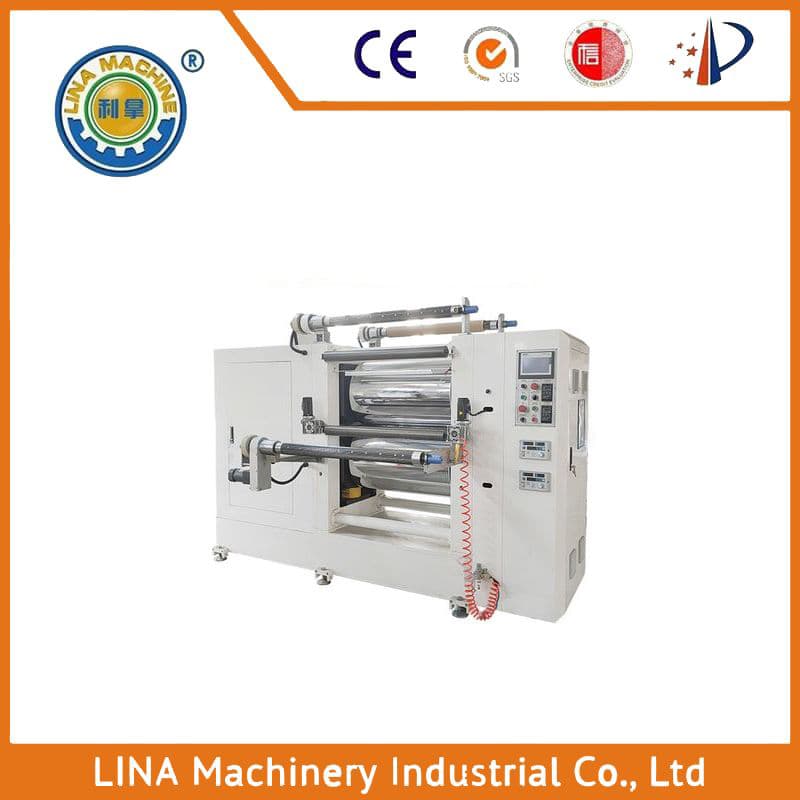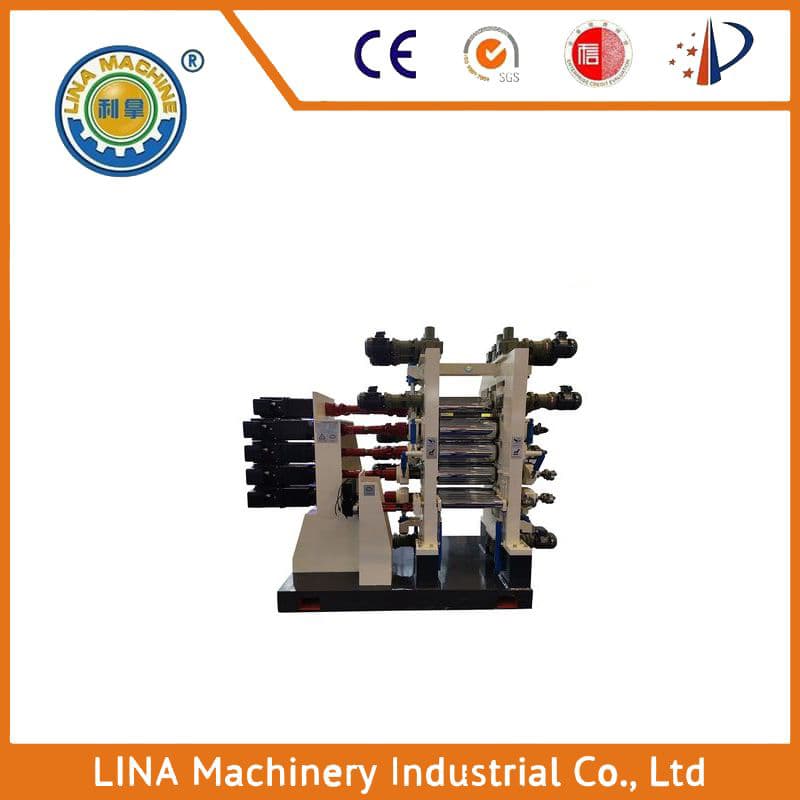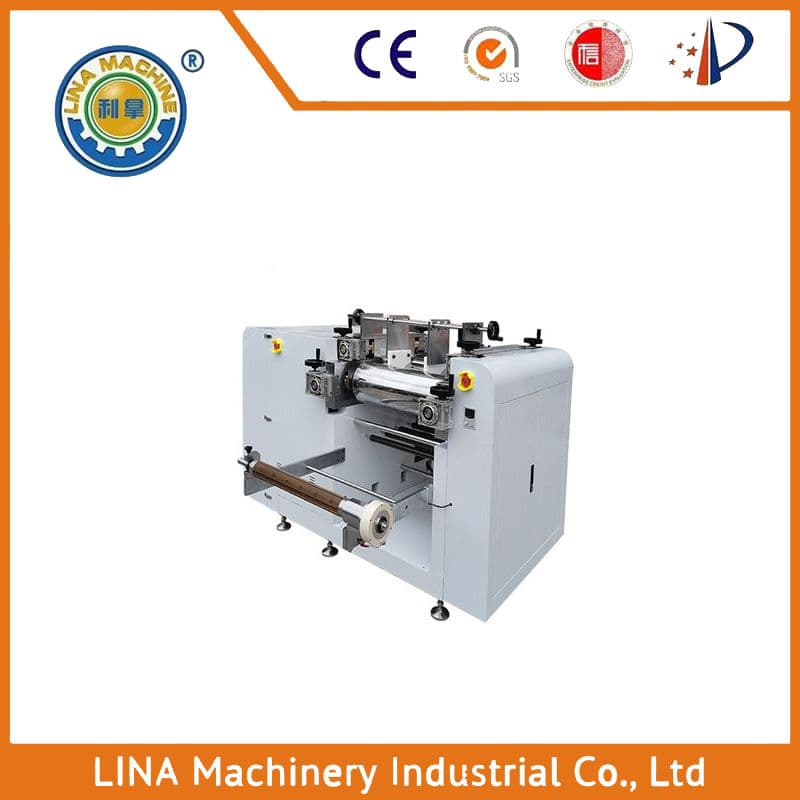The Art of Sulfurization Machinery
The sulfurization process is a crucial step in the production of fertilizers, especially in the manufacture of sulfuric acid. This process involves heating and reacting sulfur with oxygen to produce sulfur dioxide, which is then converted into sulfuric acid through further reactions. In this article, we will explore the various types of sulfurization machinery used in the industry and their unique features.
One of the most common types of sulfurization machinery is the rotary kiln. This machine uses a rotating drum to heat and mix the sulfur and oxygen, creating a reaction that produces sulfur dioxide. The rotary kiln is designed to be highly efficient and can handle large amounts of sulfur at high temperatures.
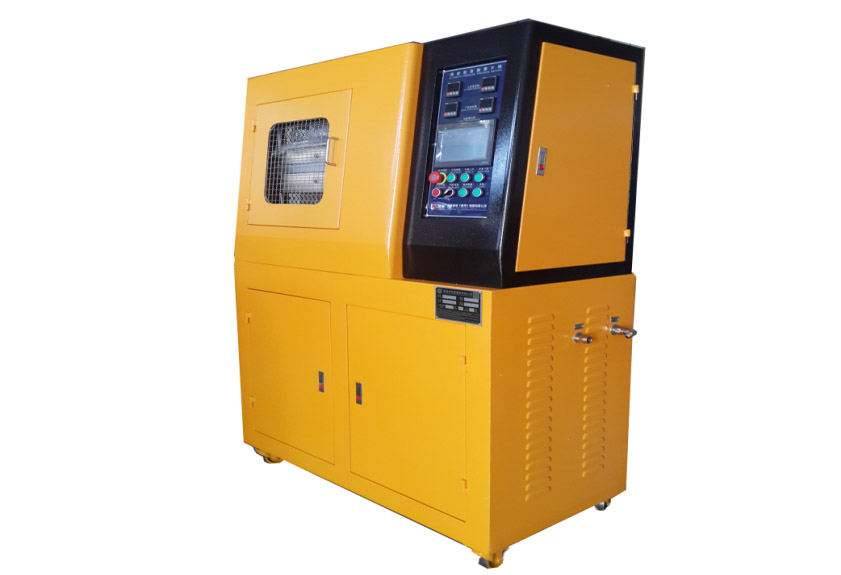
Another popular type of sulfurization machinery is the fluidized bed reactor. This machine uses a bed of finely-ground sulfur particles to react with oxygen, producing sulfur dioxide. The fluidized bed reactor is known for its ability to control the temperature and pressure of the reaction, making it ideal for precise control of the sulfurization process.
In addition to these two main types of sulfurization machinery, there are also specialized units such as the slag cooler and the sulfur removal unit. The slag cooler is used to cool the hot sulfur dioxide produced by the rotary kiln before it is collected and transported to the sulfuric acid plant. The sulfur removal unit is used to remove any remaining sulfur from the sulfuric acid before it is shipped to market.
When selecting sulfurization machinery, it is important to consider factors such as the size of the operation, the type of sulfur being processed, and the desired output quality of the sulfuric acid. Each type of sulfurization machinery has its own advantages and disadvantages, so it is important to carefully evaluate each option before making a decision.
